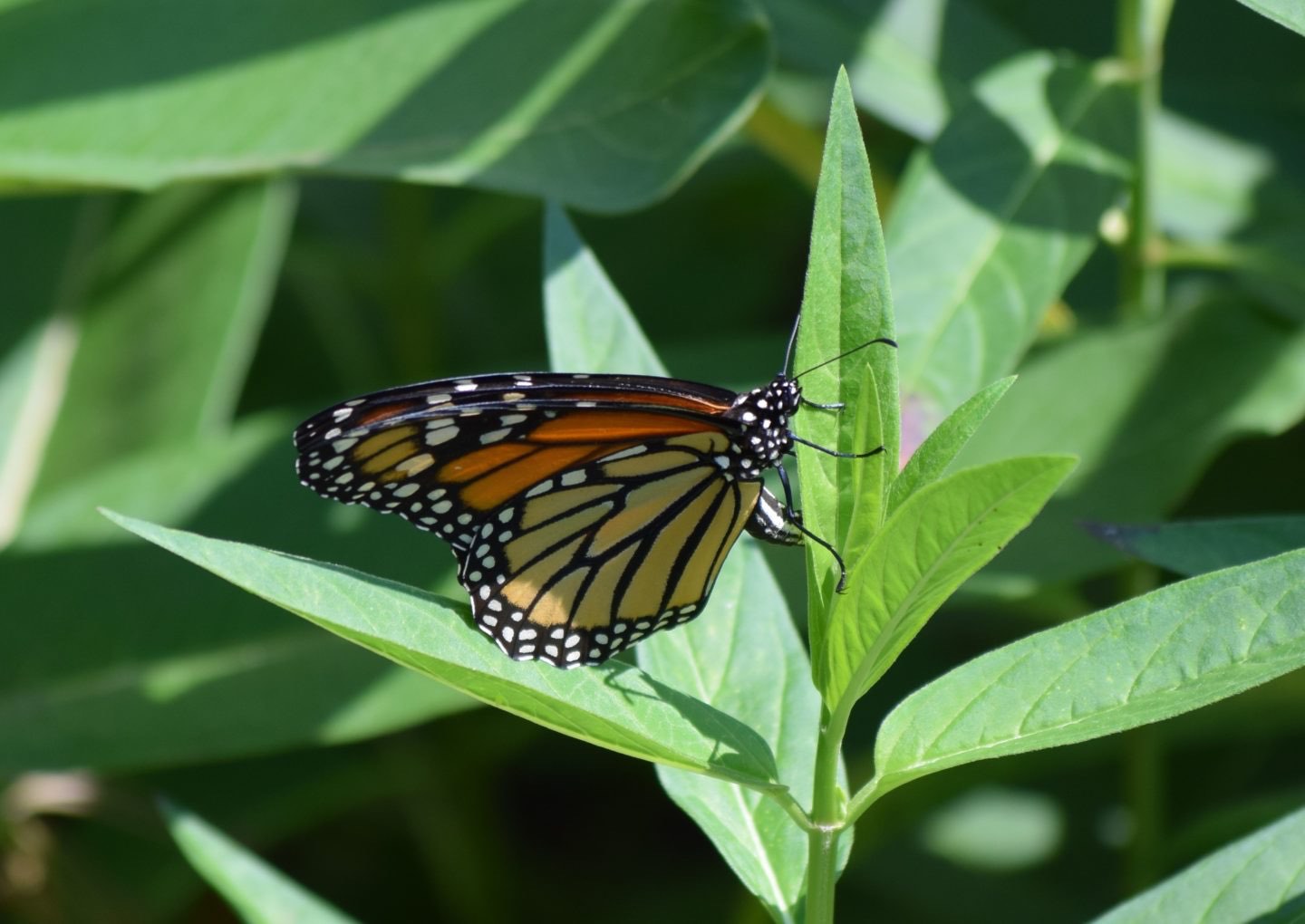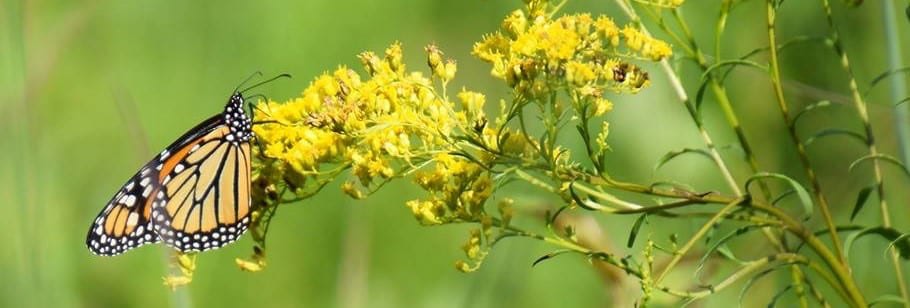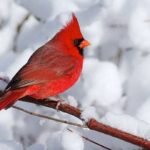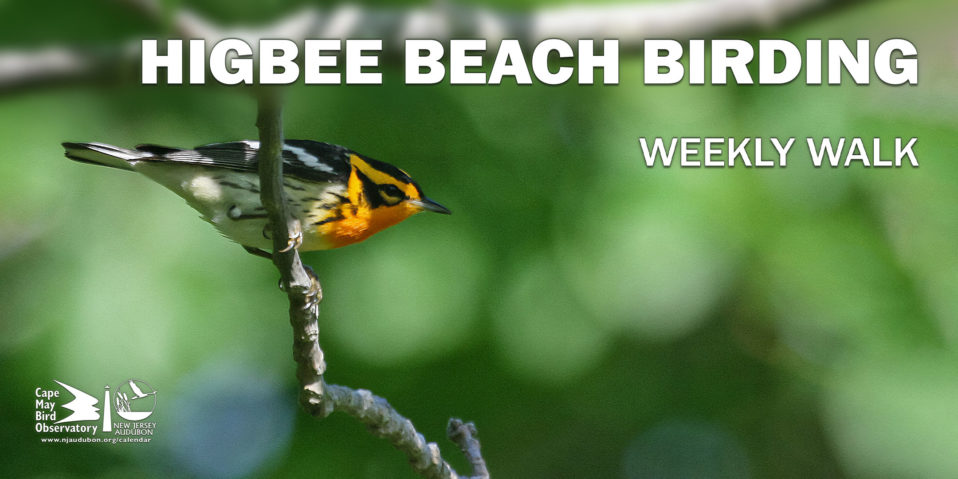Yes I typically write about birds but when it comes to migration, gram for gram, nothing can out migrate the mighty Monarch, an insect weighing in at .25-.75 grams.That is less than the weight of a legal-sized envelope sans stamp, yet this welter weight traveler will migrate from New England to Mexico City where they will spend the winter in the temperate mountains north and west of Mexico’s capital. Millions of monarchs. A veritable tidal wave of Monarchs.
Over the course of the next two weeks migrating monarchs will be stopping to refuel in a garden near you, The big push will be coastal where tens of thousands of these gossamer winged insects will pass en route to Mexico Sometime during the last week in September or first week in October an avalanche of gossamer-winged insects will migrate through Cape May.

Monarch on Milkweed
Concentrated by northwest wings along the dunes and beaches, moving inexorably south, the stalks of seaside goldenrod may be bowed to the sand beneath the weight of wings. It’s a national geographic special on our doorsteps. Some years are better than others. Much depends upon the size of the season’s last hatch. Dry conditions favor high productivity. And yes, this summer has been a wet one in New Jersey but not northern New England where many of “our” Monarch migrants originate, it has been a dry summer. I predict a banner migration.
New Jersey Audubon’s Cape May Bird Observatory has been monitoring the Monarch migration for over ten years doing “point counts,” and tagging individuals. A good place to watch the parade of insects is Cape May Point State Park where the insects become super concentrated as their path is forced west. I have personally counted more than a hundred passing insects a minute. The evening after a big flight the insects roost on the branches of shade trees in town that are protected from the wind and are positioned to catch the first rays of morning sunlight. Wings folded the roosting insects make the trees look like they are covered in dead leaves but with the touch of morning sun, the animals open their wings and the trees bloom with animate orange blossoms. By noon they will be gone, heading off over Delaware Bay to continue their epic journey. This last generation will not breed until spring and it is their offspring’s offspring who will carry the genetic torch home to New England.
Our task is more simple. All that is required of us is to marvel and perhaps plant some milkweed along the parade route for next year. Milkweed is the butterfly’s host plant.
The biggest Monarch migration I ever witnessed was in 1977. Nobody was counting then, in fact the air was so filled with insects they frustrated my hawk counting efforts. The reason I know it was the biggest is because the bike lanes along Sunset Blvd were smothered in Monarch wings, the carnage left over from collisions with passing cars. Passing cars sent up a wave of butterfly wings in their wake. I have not seen such a tragedy scene since, so I conclude the migration was one for the record books. Remember, too that the volume of cars was less in 1977 than it is today.
So I guess there is one more thing you can do to help migrating monarchs. Drive slowly and brake sensibly. Brake for an insect? Sure, I do. Check your rear view, first. Watch the weather channel. When the forecast is for Northwest winds, head for Cape May.
Where are the roost trees? Sorry, it’s a secret. Just follow the insects.
Pete Dunne
NJ Audubon Birding Ambassador
Author Birds of Prey and coauthor Hawks in Flight.












